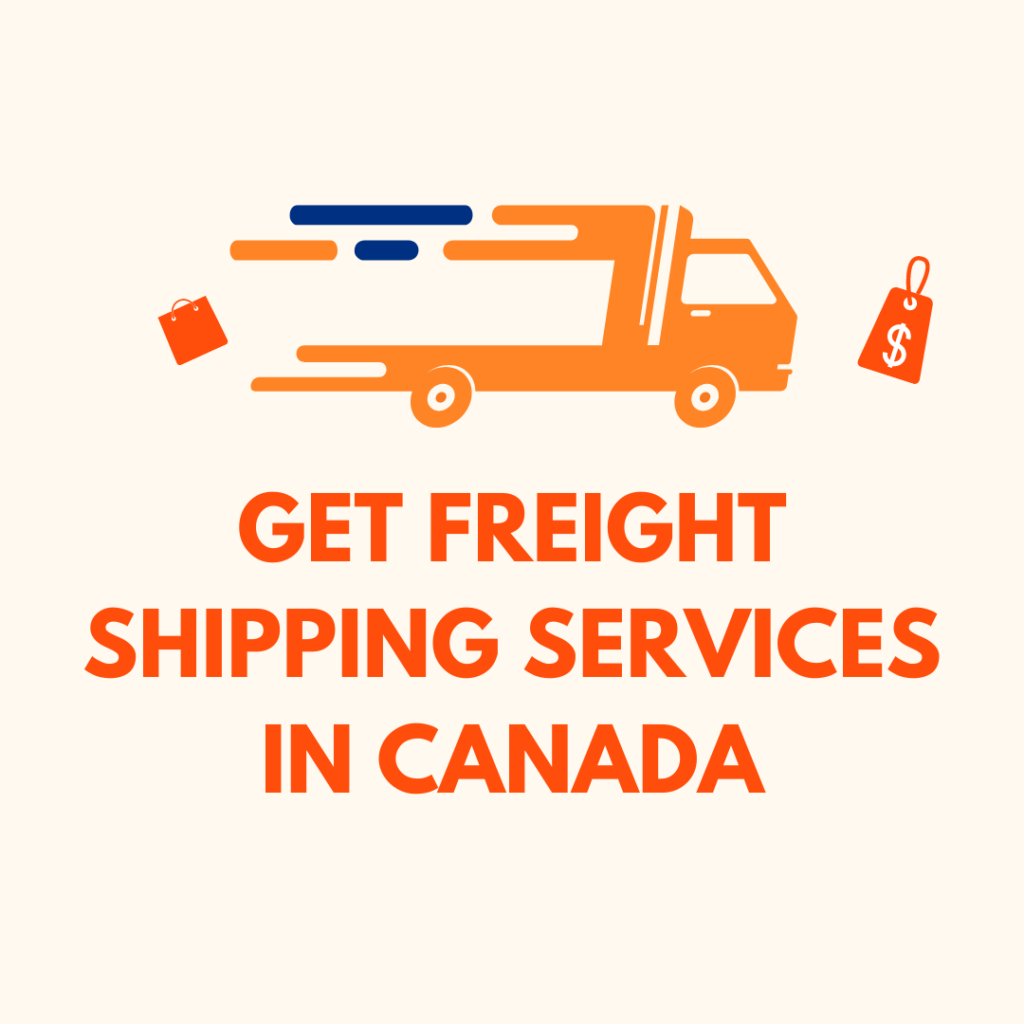
Mastering the Logistics: A Guide to Freight Shipping
What is freight shipping?
Freight shipping is the process of transporting commodities, cargo or goods by land, air or sea. Common types of freight shipping over the road are less than truck load (LTL), truck load and intermodal.
Freight can be defined as the goods transported by truck, ship, plane or train. The means of transport is associated with freight shipping are trucks, railroad cars, and large ships carrying containers.
Benefits of freight shipping
Freight shipping is important for getting goods to a destination on time, safely and in a cost-effective manner. Whether shipping by land, sea or air, there are number of benefits that includes
- Top carriers: When shipping important freight, it is imperative to ensure the goods arrive safely and on-time. Dedicated freight service providers like us work with high quality contract carriers.
- Saving on shipping costs: Businesses may not have sufficient time to research carriers to get their quotes and find the best rates for their freight. We help businesses find the competitive rates from qualified contract carriers.
- On-time freight: When you have time sensitive freight, it is important to get it to the customers within a tight delivery window. We have variety of freight shipping service levels available; we help you choose the best method that perfectly fits your time frame.
Freight shipping modes
There are many modes of freight shipping including less than truckload, full truckload, intermodal, partial truckload and expedited.
- Less than truckload- LTL: They are designed for shipments larger than parcel but not large enough to require the full space of truckload trailer. LTL is normally used in shipment between 150 and 1500 pounds.
- Full truckload: Full truckload involves moving bulk or pallet loads that are large enough to justify the use of an entire semi-trailer, normally more than 15,000 pounds. Full truckload can be more cost-effective and minimize the opportunity for freight damage with less handling than LTL.
- Partial truck load: Partial truck load gives an option to split the truck cost with other shippers, resulting in cost savings. Partial truck load is a good option if the shipment is more than 5000 pounds or six pallets.
- Intermodal: Intermodal shipping refers to the shipping with a blend of rail and truck. It can also involve many modes of transportation including trucks, rail or ship to streamline the shipping process. Rail shipping minimizes the fuel use, lowers the costs and offers a reliable shipping method.
- Expedited: Expedited freight refers to time-critical shipments in which freight has to be delivered quickly. It is most often transported by air or truck.
Full truckload freight shipping equipment
- Dry van: These are the common type of freight trailers used by commercial trucking companies. Dry vans are normally 48 or 53 feet in length and normally handle no more than 45,000 pounds. Dry shipping is a common method for transporting dry goods.
- Flatbed: Flatbed equipment is used to ship oversized, bulky or oddly shaped freight including machinery and lumber. Flatbed is not recommended for weather sensitive or fragile goods.
- Temperature control: Temperature control shipping is the transport of goods that are sensitive to climate conditions. Temperature control or refrigerated shipping is normally used for perishable or temperature sensitive goods including agricultural produce, pharmaceuticals, meat, seafood and diary.
Common Freight Shipping questions
- What goods can be shipped through freight?
Anything and Everything! Many carriers specialize in certain kinds of goods or shipping. The various modes of freight shipping ensure the cargo can arrive when and where one will need it.
- What type of freight solution do I need?
There are many factors to be considered to determine the kind of shipping solution one may need. Our professional experts will help you find the right shipping solution.
- What is the difference between parcel and freight?
Parcel shipping refers to small, lightweight and individual shipments normally handled by common carriers. Most parcel shipments are limited to 150 pounds.
- What is freight classification?
Freight classification is a standardized method designed thoughtfully to give the customers and carriers a uniform pricing structure when shipping freight. Freight class is based on weight, density and value. Class numbers are between 50 and 500.
- Should I use a freight delivery service?
Freight service providers sell freight services without owning transportation equipment. They help businesses find reliable contract carriers, negotiate competitive rates and help manage process efficiently for their clients. If the business does not have time or resources to shop around the best carrier, a professional freight delivery service can be of great help.
freight forwarding services, freight logistics services, freight shipping services
